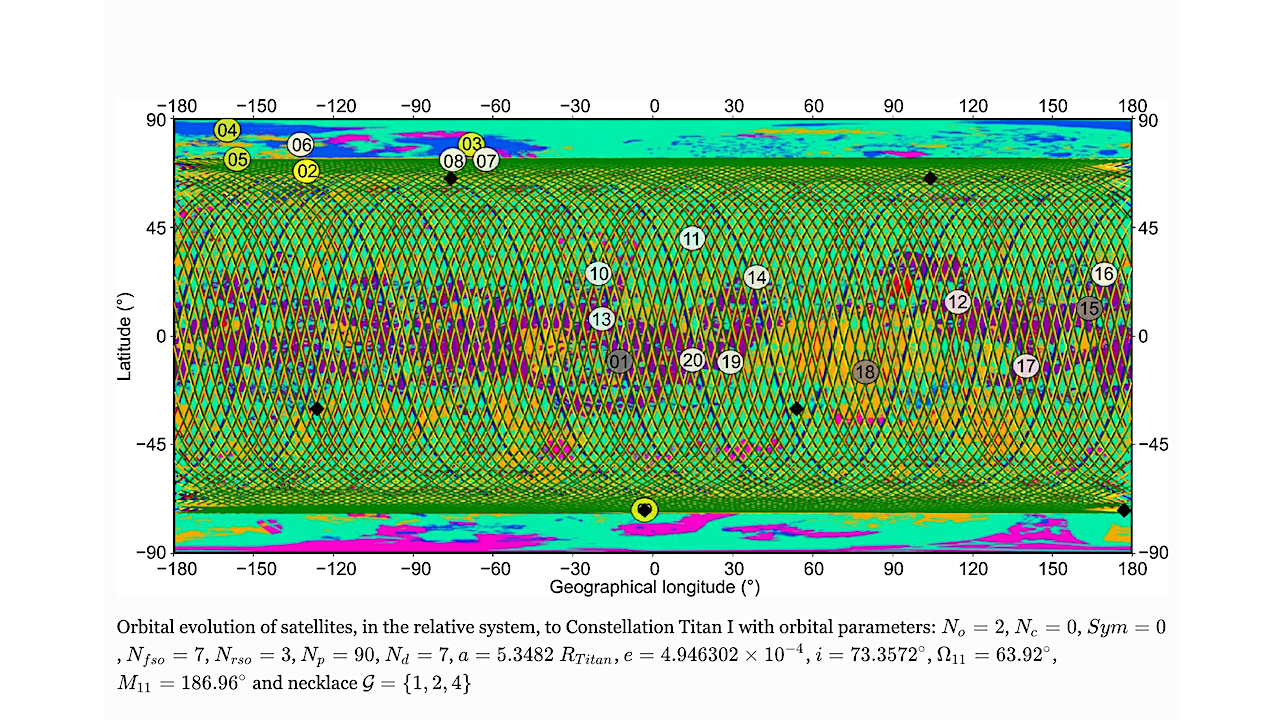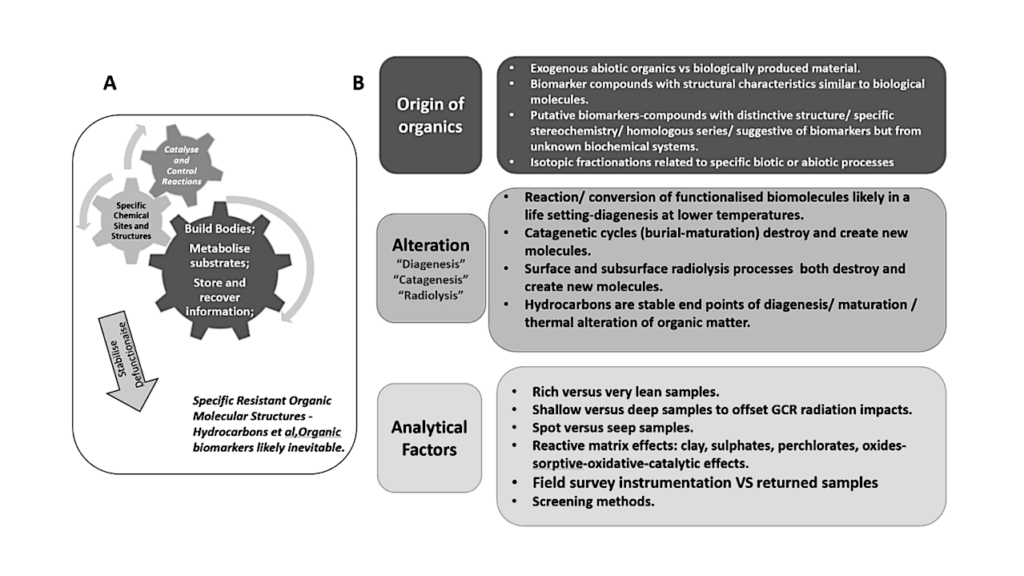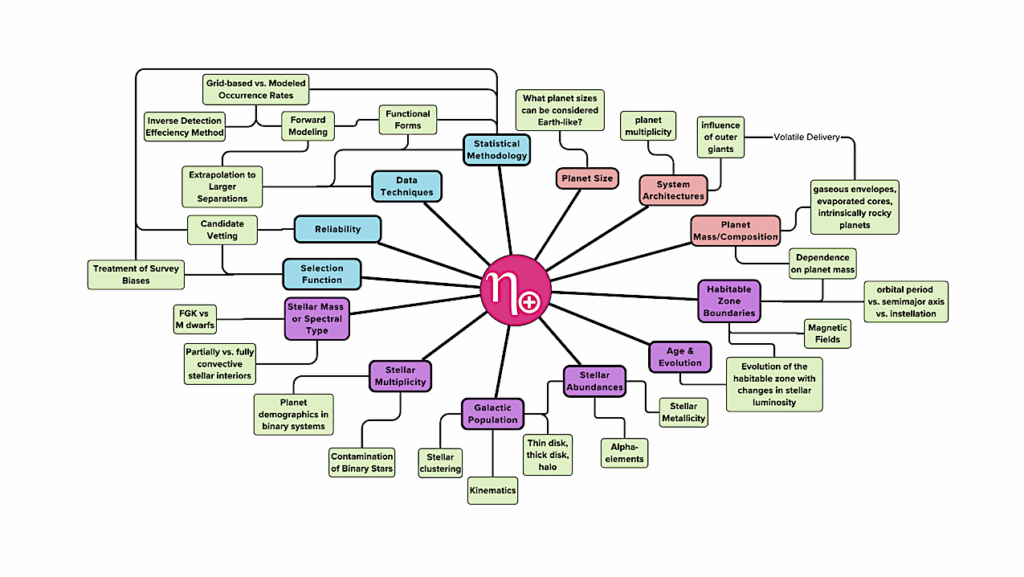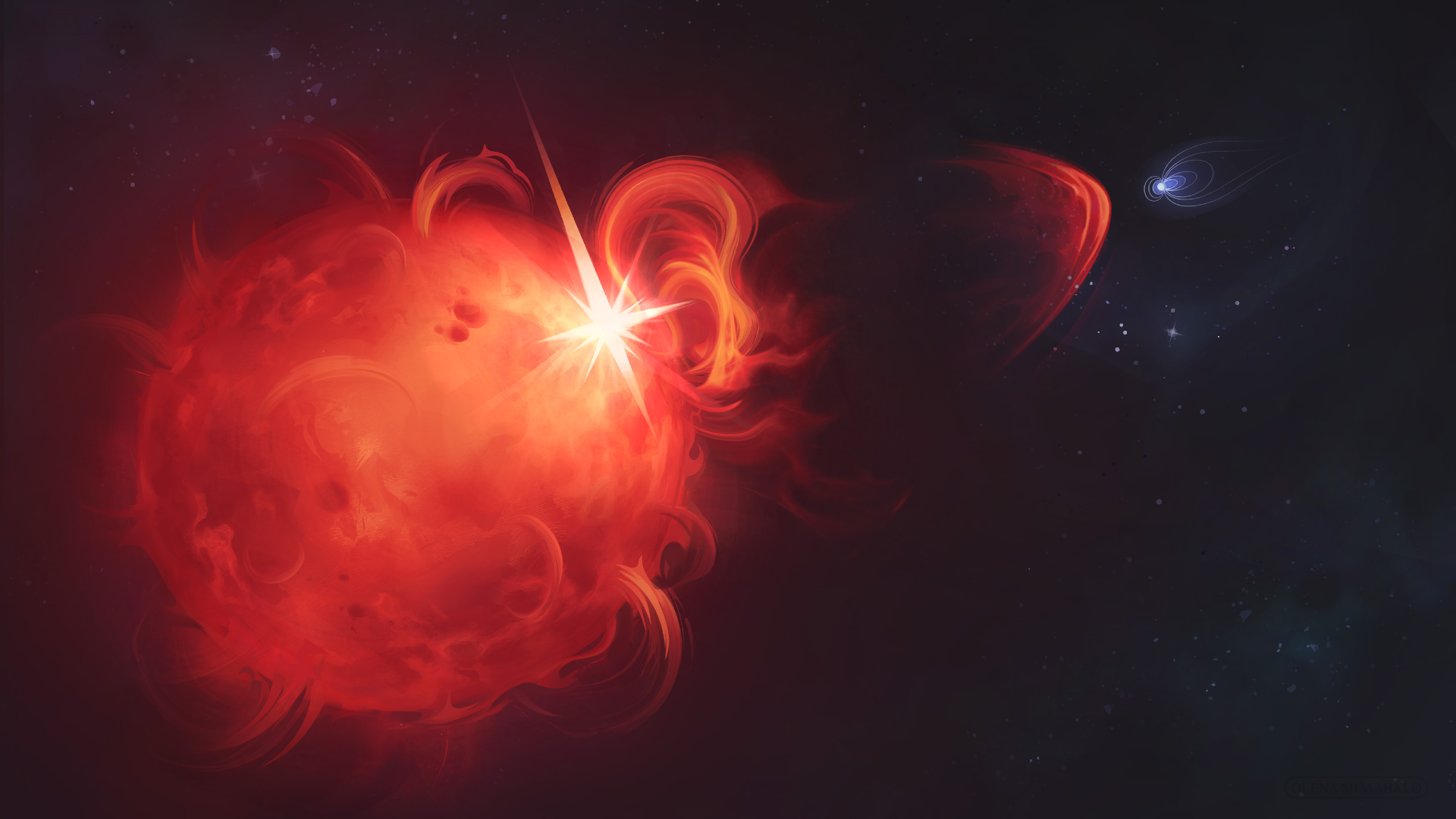Now Reading: Flower-like Satellite Constellations To Guide Future Missions Around TitanSatellite Navigation
-
01
Flower-like Satellite Constellations To Guide Future Missions Around TitanSatellite Navigation
Flower-like Satellite Constellations To Guide Future Missions Around TitanSatellite Navigation


Orbital evolution of satellites, in the relative system, to Constellation Titan — Satellite Navigation
Exploring Saturn’s largest moon, Titan, presents unique orbital challenges due to its dense atmosphere, gravitational perturbations, and limited sunlight. A new study proposes an innovative satellite constellation architecture based on the 2D Necklace Flower Constellation methodology, enabling long-term, stable coverage of Titan’s surface.
By integrating frozen orbits and repeating ground-track configurations, the approach ensures continuous observation and reduced maintenance needs for multi-satellite systems. Simulation results confirm that the proposed configurations provide robust orbital stability and uniform surface coverage, paving the way for future missions to monitor Titan’s methane lakes, dunes, and potential signs of life from orbit.
Titan, Saturn’s largest natural satellite, captivates scientists with its Earth-like processes, dense nitrogen atmosphere, and surface lakes of liquid hydrocarbons. However, its nonuniform gravity field, thick haze, and low solar energy pose major obstacles for orbital missions. Traditional single-satellite systems struggle to balance coverage, stability, and data transmission under such conditions.
Moreover, the gravitational pull from Saturn and nearby moons further complicates orbital control. Based on these challenges, there is a strong need for innovative constellation designs that maintain stability and periodic surface observation while minimizing fuel consumption and communication losses. To address these limitations, researchers conducted an in-depth study on Titan-centered constellation design.
Researchers from São Paulo State University (UNESP) in Brazil, Universidad de Zaragoza in Spain, and the National Institute for Space Research (INPE) have developed a new orbital framework for Titan exploration. Published (DOI: 10.1186/s43020-025-00180-x) in Satellite Navigation in 2025, the study introduces a 2D Necklace Flower Constellation model optimized for the unique gravitational and atmospheric environment of Saturn’s moon. The research analyzes how frozen orbits and synchronized trajectories can maintain stable, overlapping coverage for future missions investigating Titan’s lakes, dunes, and methane cycle.
Using advanced astrodynamics modeling, the team applied the Flower Constellation Theory and its extended 2D Necklace variant to design coordinated satellite networks around Titan. This method arranges multiple spacecraft in harmonized orbital planes, ensuring they share identical trajectories in a rotating reference system while minimizing collision risk. The researchers incorporated Titan’s gravitational harmonics—mainly J₂ and J₃ perturbations—to identify altitude ranges (about 1,400–20,000 km) where orbits remain dynamically stable.
Two example constellations, Titan I and Titan II, were designed: Titan I targets the polar hydrocarbon seas such as Kraken Mare and Ontario Lacus, while Titan II focuses on equatorial dune regions. The proposed architectures use only six satellites to achieve global surface coverage, with long revisit intervals and reduced fuel requirements. Numerical simulations employing the IAS15 integrator confirmed that the constellations maintain their repeating ground tracks and frozen characteristics over extended periods, even under Saturn’s perturbing influence. These results demonstrate the feasibility of cost-effective, autonomous multi-satellite missions for outer-planetary exploration.
“Our study demonstrates that carefully designed satellite constellations can transform how we explore distant moons like Titan,” said Lucas S. Ferreira, lead author from UNESP. “By combining mathematical elegance with orbital realism, the Necklace Flower Constellation approach balances stability, coverage, and efficiency under extreme conditions.
This could guide future planetary missions where continuous surface monitoring is essential but environmental constraints are severe. We hope our framework will support missions such as NASA’s Dragonfly and inspire new cooperative orbital designs across the Solar System.”
The proposed constellation framework provides a scalable template for future planetary exploration missions—not only around Titan but also other moons and small bodies with complex gravitational environments. Its ability to maintain stable orbits with minimal station-keeping makes it ideal for long-duration observations, mapping, and communication relay systems.
By enabling sustained monitoring of Titan’s methane cycle, hydrocarbon seas, and dynamic atmosphere, this method could help uncover prebiotic processes resembling early Earth. Beyond astrobiology, the approach strengthens mission safety and efficiency for deep-space exploration, offering a new path toward cost-effective, resilient orbital networks.
Satellite constellation design for Titan exploration: orbit design and performance assessment, Satellite Navigation (open access)
Funding information
The work of L.Ferreira and A.F.B.A Prado has been supported by Program CAPES-PDSE, process number 88881.982568/2024-01, and São Paulo Research Foundation (FAPESP) [grant number 2022/11783-5]. The work of D. Casanova and E. Tresaco have been supported by Grant PID2024-156002NB-I00 funded by MICIU/AEI/10.13039/501100011033/FEDER, UE, and by the Aragón Government and European Social Fund (E24-23R).
About Satellite Navigation
Satellite Navigation (E-ISSN: 2662-1363; ISSN: 2662-9291) is the official journal of Aerospace Information Research Institute, Chinese Academy of Sciences. The journal aims to report innovative ideas, new results or progress on the theoretical techniques and applications of satellite navigation. The journal welcomes original articles, reviews and commentaries.
Astrobiology,
Stay Informed With the Latest & Most Important News
Previous Post
Next Post
-
 012024 in Review: Highlights from NASA in Silicon Valley
012024 in Review: Highlights from NASA in Silicon Valley -
 02Panasonic Leica Summilux DG 15mm f/1.7 ASPH review
02Panasonic Leica Summilux DG 15mm f/1.7 ASPH review -
 03How New NASA, India Earth Satellite NISAR Will See Earth
03How New NASA, India Earth Satellite NISAR Will See Earth -
 04And Thus Begins A New Year For Life On Earth
04And Thus Begins A New Year For Life On Earth -
 05Astronomy Activation Ambassadors: A New Era
05Astronomy Activation Ambassadors: A New Era -
06SpaceX launch surge helps set new global launch record in 2024
-
 07Space Force plans new ‘Futures Command’ amid pressure to speed up modernization
07Space Force plans new ‘Futures Command’ amid pressure to speed up modernization



















